Eight Awesome Wreck Dives in the Red Sea, Egypt
The Red Sea gets its name from the algae blooms that can turn the blue waters red, and it is a direct translation from its Ancient Greek name: Erythra Thalassa. The sea is nestled between two continents: Asia and Africa, and it connects to the Mediterranean Sea. It is famous for its warm, salty waters and is known for its abundant sea life that lives amongst the coral reefs. It is also a sea that has been highly traveled for centuries, making it a great spot to explore some of the most unique wrecks. Here are just a few of the many amazing wrecks the Red Sea has to explore.
SS Dunraven, Sinai Pennsula
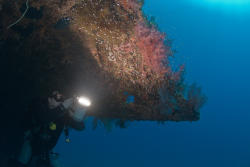
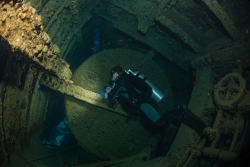
Having spent over a century in the water, SS Dunraven is known for being a great dive for wreck and reef lovers alike. Not only is it covered in decades worth of coral growth, but a reef wall is located nearby. The ship sank after colliding with a large rock, and it now lays flipped over on the seafloor. There are many large entrances to the ship, making it easy for newer divers to explore. Marine life often consists of goat fishes, barracudas, and even turtles! There is also plenty of macro life that is great for photographers such as nudibranchs or even the ghost pipefish. The wreck is located just off the tip of the Sinai Peninsula in Egypt, and guests often reach the ship from Hurghada or Sharm el Sheikh. Photos courtesy of cassiopeiasafari.com.
Giannis D, El Gouna
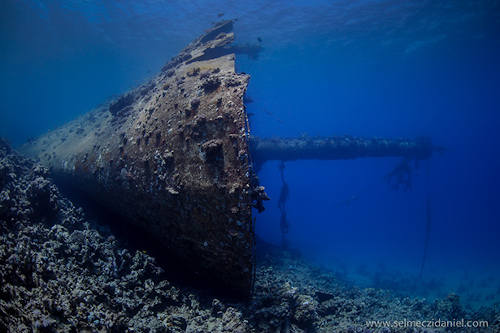
Giannis D is unique in that it is perhaps one of the most accessible wreck dives. The wreck is located less than five meters deep, so visitors who are only able to dive in open water can experience the wreck. The wreck lies at a 45-degree angle, making it a more challenging dive for those looking to enter the ship. More experienced divers can explore the interior of the ship, even the complex engine room with many twists and turns. Arriving at this exciting wreck is easy for visitors, as it is just a boat ride away from El Gouna or Hurghada. Photo courtesy of cassiopeiasafari.com.
Rosalie Moller
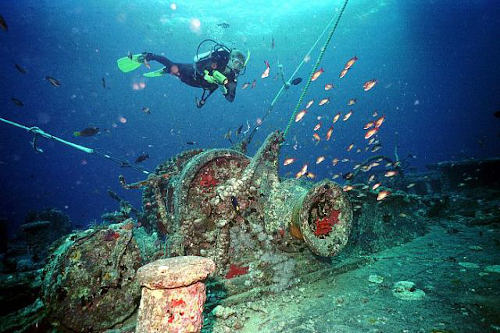
Having sunk just a mere 48 hours after the famous SS Thisleform, Rosalie Moller has spent decades growing thick coral all over its exterior. It is also home to countless artifacts from World War II, so it is a great site for those looking to catch a glimpse of history. Diving the Rosalie Moller is most popular amongst technical divers as the ship lies about 55 meters deep. The wreck is vibrant with pelagic life such as reef sharks and tuna. Due to its deep, isolated location, guests are only able to access the wreck through a liveaboard or private charter.
Kingston, Strait of Gubal, North Red Sea
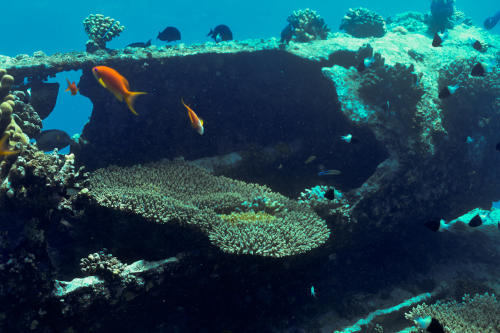
The Kingston ship sunk after colliding with Shag Rock Reef — located just off the shore of North Stradbroke Island. No lives were lost in the wreck, and the ship sits around 10 to 20 meters deep. The wreck occurred in 1881 and has since grown into a stunning living reef teeming with marine life. Most notably are the sea turtles, pelagic fish, and schools of anthias. The wreck is sitting almost perfectly straight, making it a great opportunity for beginning divers to explore a wreck with ease. Most visitors experience this wreck from liveaboards, but it can also be done on the second tank of a day trip. Photo courtesy of oceanstopines.com.
SS Carnatic, Abu Nuhas Reef, Egypt
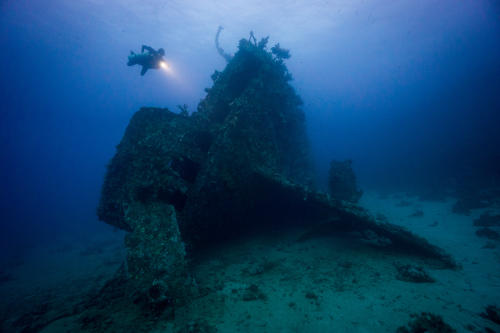
Abu Nuhas reef is home to the famous Ship Graveyard, consisting of seven different ship shipwrecks in 1869. Perhaps one of the most notable wrecks is the SS Carnatic. The ship is located on the northern side of the reef and broke in half as it sunk. The ship has become entirely encrusted with hard and soft corals and is most known for its stories of buried treasure. Legend has it that the ship was carrying gold and copper that would eventually sink with it, and anyone who disturbs this lost treasure leaves the wreck cursed. Photo: Shutterstock
Salem Express, Hyndman Reef, Egypt
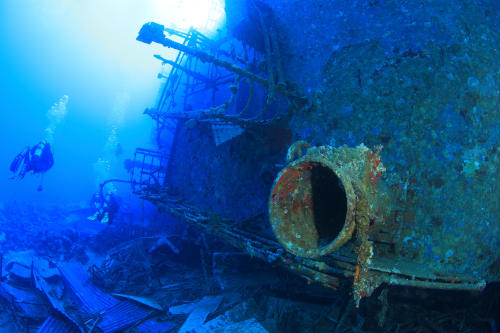
One of the most recent, and most emotional, wrecks of the Red Sea is the Salem Express. The ship sunk in 1991 after colliding with Hyndman Reef. This caused the ship to take on great amounts of water, and it quickly sunk after a few minutes. Although the exact number of lives lost is disputed, it is possible that 1,600 people could have died on board the Salem Express. Nearly 700 of these people are believed to have been pilgrims who had just visited Mecca. There is not much marine life or corals growing on the ship, but divers often see items such as passenger’s suitcases in the surrounding areas of the wreck. The inside of the ship is sealed out of respect for every life that was lost on board. Photo: Shutterstock
Aida, Big Brother Island, Egypt
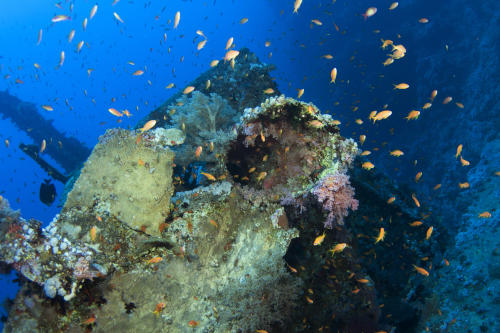
An iconic liveaboard destination are the Brothers Islands of Egypt. Aida is a wreck lodged in the reef just off of Big Brother Island at 25 to 60 meters deep. Those who visit this wreck range anywhere from casual divers hoping to see the beautiful coral to technical divers wanting to investigate the depths of the wreck. Divers often see large schools of fish and even the occasional pelagic such as the oceanic whitetip. This wreck is usually explored as a drift dive due to the strong currents, but for guests who want more time at the wreck, they can arrange a private charter for a more personalized experience. Photo: Shutterstock
SS Thistlegorm, Ras Muhammad, Egypt
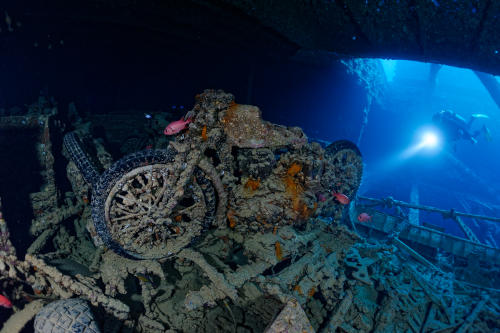
Any list of the best wrecks in the Red Sea would be incomplete without mentioning the SS Thistlegorm. As one of the most famous ships to live in the Red Sea, the ship has sat for 80 years and is now teeming with marine life such as common reef fish, batfish, and barracudas. The ship once served the British Navy before it sank as the result of German bombs. Divers are able to find remnants of the past such as sunken ammo, motorcycles, rifles, Jeeps, and more. The wreck is easily accessed by boat and is typically a day-long dive due to the large size of the ship. The waters have a visibility of 25-30 meters and are ideal for advanced divers who are able to navigate the strong currents. Photo: Shutterstock